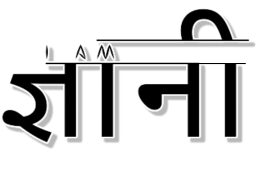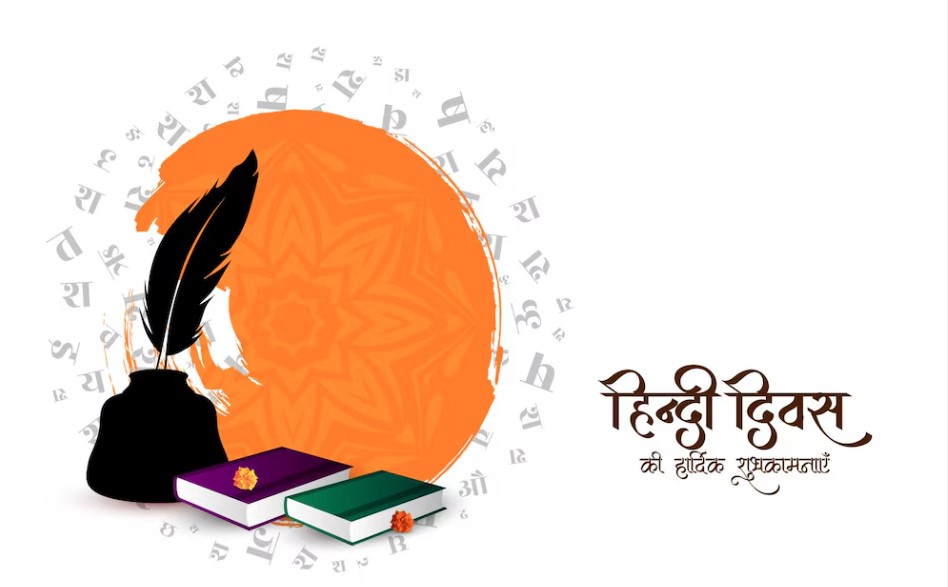India’s language and literature are deeply intertwined with its rich cultural and historical heritage. Spanning over thousands of years, Indian literature reflects the diversity of its languages, cultural practices, and philosophies. Here’s an in-depth look at this topic:
Languages of India
India is a linguistic mosaic, with over 1,600 languages spoken across the country. These languages belong to four major linguistic families:
- Indo-Aryan:
- Includes languages like Hindi, Bengali, Marathi, Gujarati, Punjabi, Urdu, and Sanskrit.
- Sanskrit, one of the oldest Indo-European languages, is the root of many modern Indian languages.
- Dravidian:
- Includes Tamil, Telugu, Kannada, and Malayalam.
- Predominantly spoken in southern India, these languages have ancient literary traditions.
- Austroasiatic:
- Includes languages like Santali and Khasi.
- Predominantly spoken by tribal communities in eastern and central India.
- Tibeto-Burman:
- Includes languages like Manipuri, Bodo, and Lepcha.
- Spoken in the Himalayan regions and northeastern India.
Indian Literature
Ancient Literature
- Vedic Literature:
- Written in Sanskrit, the Vedas (Rigveda, Samaveda, Yajurveda, Atharvaveda) are the oldest texts in Indian culture.
- Focus on philosophy, rituals, and cosmology.
- Epics:
- Mahabharata: Attributed to Vyasa, it is the longest epic poem in the world and includes the Bhagavad Gita.
- Ramayana: Composed by Valmiki, it narrates the story of Lord Rama.
- Classical Sanskrit Literature:
- Works by poets like Kalidasa (Shakuntala, Meghaduta), Bhasa, and Bhavabhuti.
- Philosophical texts like the Upanishads and Puranas.
Medieval Literature
- Religious Texts:
- Bhakti and Sufi movements led to devotional poetry in vernacular languages.
- Saints like Kabir, Tulsidas (Ramcharitmanas), Mirabai, and Guru Nanak wrote in regional languages.
- Persian Influence:
- During the Delhi Sultanate and Mughal periods, Persian became the court language.
- Amir Khusrau, known as the “Parrot of India,” contributed to Persian and Hindavi poetry.
- Tamil Sangam Literature:
- Flourished in ancient Tamil Nadu, comprising secular and love poems by poets like Thiruvalluvar (Tirukkural).
Modern Literature
- Colonial Period:
- English and Western literary forms influenced Indian literature.
- Writers like Rabindranath Tagore (Gitanjali), Bankim Chandra Chatterjee (Anandamath), and Munshi Premchand (Godaan) became prominent.
- Post-Independence:
- Indian writers explored themes of nationalism, identity, and social reform.
- Prominent figures include R.K. Narayan (Malgudi Days), Mulk Raj Anand (Untouchable), and Khushwant Singh (Train to Pakistan).
- Contemporary Literature:
- Writers like Salman Rushdie (Midnight’s Children), Arundhati Roy (The God of Small Things), and Jhumpa Lahiri (Interpreter of Maladies) gained international acclaim.
Diversity in Regional Literatures
- Hindi Literature:
- Rich tradition of poetry (Bhakti and Chhayavaad movements).
- Modern writers: Premchand, Harivansh Rai Bachchan.
- Bengali Literature:
- Known for the works of Tagore, Sarat Chandra Chattopadhyay, and Jibanananda Das.
- Tamil Literature:
- From ancient Sangam poetry to modern writers like Kalki Krishnamurthy (Ponniyin Selvan).
- Urdu Literature:
- Known for ghazals and shayari by poets like Mirza Ghalib, Faiz Ahmed Faiz, and Allama Iqbal.
- Other Regional Literatures:
- Marathi (Sant Dnyaneshwar, P.L. Deshpande), Malayalam (Vaikom Muhammad Basheer, O.N.V. Kurup), Kannada (Kuvempu), Telugu (Sri Sri), and many more.
Key Contributions to Global Literature
- Philosophical Texts:
- Bhagavad Gita, Yoga Sutras, and Arthashastra have influenced global thought.
- Indian English Literature:
- Writers like Vikram Seth (A Suitable Boy), Anita Desai, and Ruskin Bond expanded India’s literary reach.
- Translation Works:
- Regional texts translated into English and other languages have brought Indian literature to the global stage.
Preservation and Promotion
- Institutions and Awards:
- Sahitya Akademi promotes literature in 24 recognized languages.
- Jnanpith Award and Sahitya Akademi Award honor literary excellence.
- Digital Efforts:
- Online platforms and digitization efforts by organizations like Project Madurai and Digital Library of India.
India’s literature is a testament to its dynamic cultural landscape, evolving continuously while preserving its ancient roots. Its multilingual and multicultural essence makes it one of the richest literary traditions in the world.

